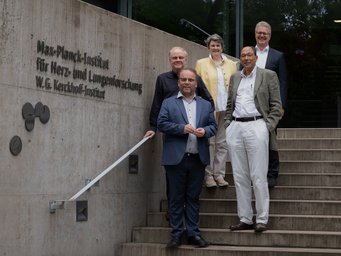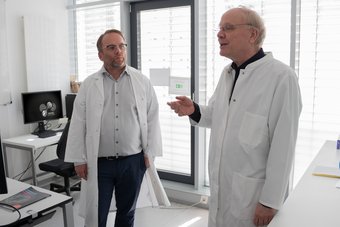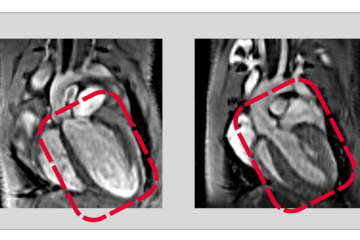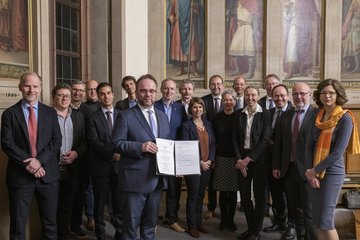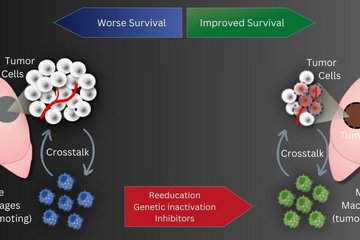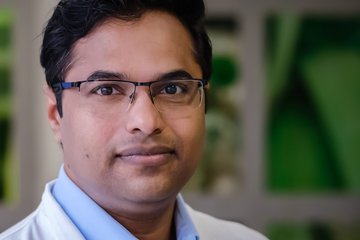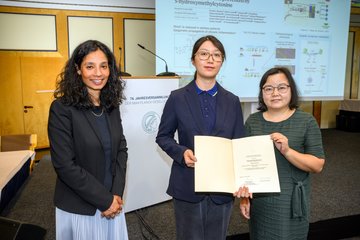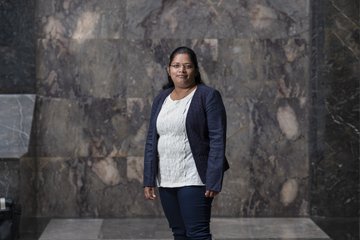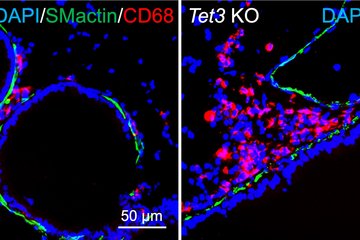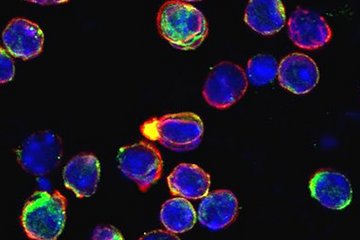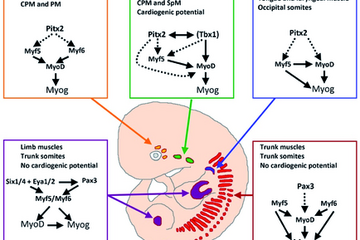Hessian Science Minister Timon Gremmels visits the Max Planck Institute for Heart and Lung Research in Bad Nauheim
Discussions focus on current research and the future of the institute
Timon Gremmels, Hessian Minister for Science and Research, Art and Culture, was a guest at the Max Planck Institute for Heart and Lung Research (MPI): The minister was welcomed by the two directors Stefan Offermanns and Thomas Braun. Offermanns began by presenting the history and current developments of the institute, which is over ninety years old. In particular, he emphasised the networking with the neighbouring universities in Giessen and Frankfurt that has grown over many decades. A current and significant sign of this is the scientific achievement of the only Hessian cluster of excellence, the "Cardiopulmonary Institute", said Offermanns. Braun was convinced that the success of the cluster and the entire Central Hesse region as a centre for medicine and medical research would not have been possible without the MPI.

According to Braun, this success is based not least on the excellent research carried out in Bad Nauheim. As an example, Thomas Braun cited a study from last year in which his working group was able to stimulate cardiac muscle cells in adult hearts to divide again for the first time. This could make it possible to almost completely cure a heart attack and develop a new therapy in a few years' time.
Stefan Offermanns presented a similarly spectacular research project from his department. Together with his colleagues, he succeeded in deciphering the cellular mechanisms involved in the development of metastases. Here, too, the development of metastases has already been suppressed in experiments. The aim is now to create the basis for a therapy.
Minister Gremmels was impressed by the research at the Max Planck Institute in Bad Nauheim. Not least because of its efficiency and great importance for the Central Hessian research landscape, Gremmels promised to lobby the Max Planck Society at an early stage to secure the long-term future of the institute at the site.

The visit concluded with a tour of the research laboratories. Radhan Ramadass and Kenny Mattonet presented modern imaging techniques. Ramadass, who is in charge of high-resolution laser microscopes in the department of the third MPI Director, Didier Stainier, presented impressive images of fish embryos. The Bad Nauheim scientists have developed methods with which organ development in living organisms can be continuously monitored over a period of several days. "In this way, we obtain information that would not be possible without this fourth dimension, for example about the directional migration of individual cells during heart development," said Ramdass. And Mattonet presented an MRI that was specially developed for investigations on small animals: "With this device, we can non-invasively follow the regeneration of the heart after an infarction. In this way, we obtain information about the involvement of individual genes or the effectiveness of substances in the healing process," said Mattonet.
